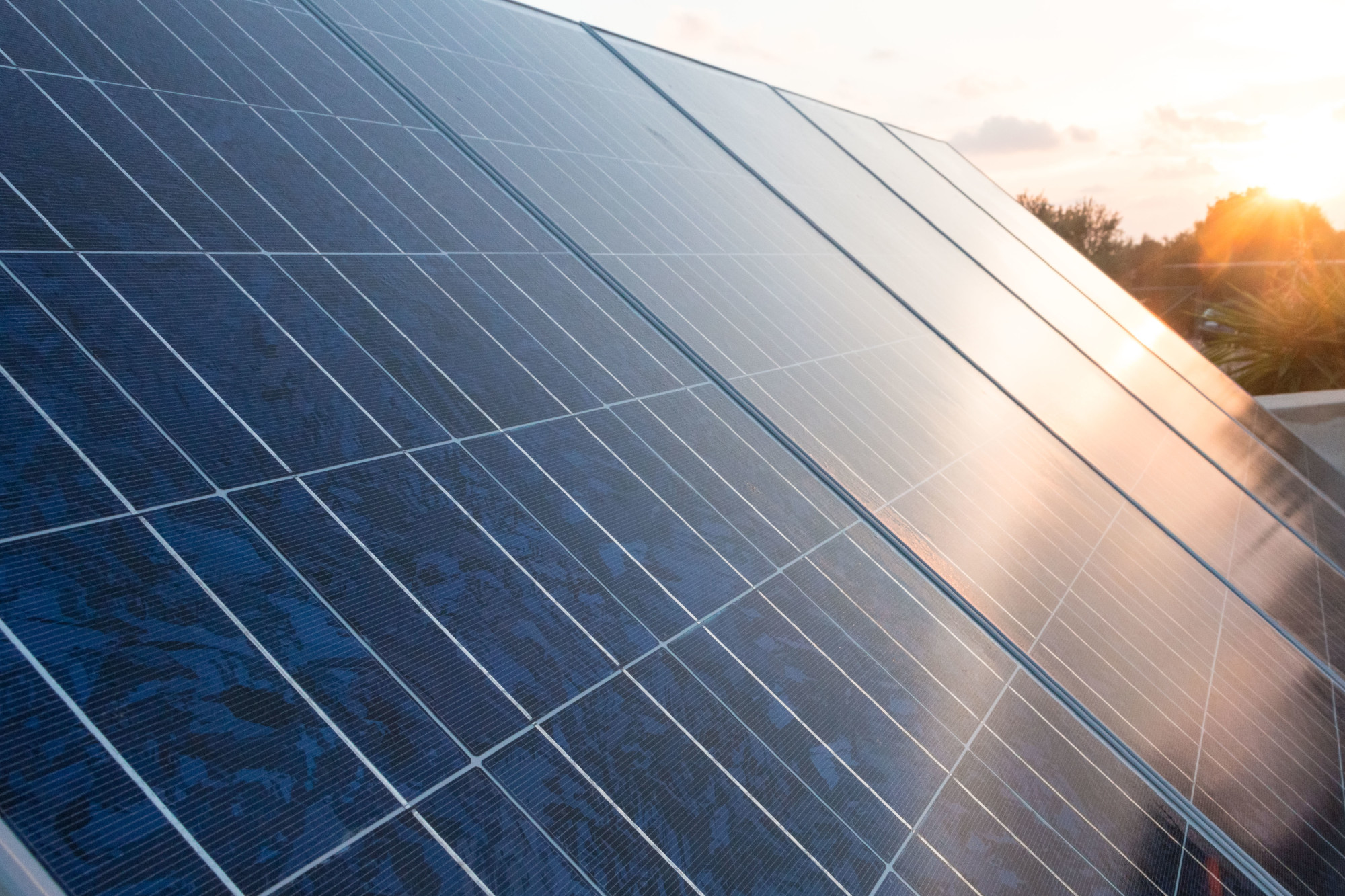INNOVATIVE NOTEBOOK RESEARCH & DEVELOPMENT 1995
Late this past October I took one of my grand kids to the Open House at The Lawrence Berkeley Laboratory complex, a Department of Energy facility nestled high in the hills overlooking the UC Berkeley campus and devoted to problem solving in energy, environment, health, and basic research. Included in this array is a Genome Research Lab, one of three such labs supported by the DOE to explore the human DNA genome through robotics and digital microscopy. The exposition attracted students from all walks of life.
In Bldg. 2 is the historically aging Betatron, last powered up in 1993, a relic of the Nobelladen experiments of yesteryear. But dwarfed by this massive cyclotron was a minuscule lexan window exhibit of a neonfilled multistage spark chamber, where cosmic rays from “somewhere out there” zapped through every few seconds, silently ionizing the highvoltage charged neon gas with segmented orangecolored streaks, first at one angle then at another.
The school lesson here, as a student attraction, is that such energetic cosmic particles have been soaking the Earth for untold eons, noiselessly bathing us in an ionizing shower that has possibly defined the radiation threshold of our quality of life since the beginning of biological time.
By happenstance, shortly after this fascinating excursion in Berkeley I attended the American Nuclear Society gathering across the Bay in San Francisco where a series of international interest meetings were devoted to low level radiation and its concomitant effects on our present quality of life. The average person living in the US, for example, gets about 360 milli-rems radiation per year from both cosmic and terrestrial sources. The cosmic sources are from galactic and extragalactic particles while terrestrial origins are principally from diffusion of radon gas. Estimates range as high as 15,000 particles per second per person.
Some curiosities were brought out at this ANS meeting that defied explanation. Bernard L. Cohen, professor of physics at the University of Pittsburgh, had made an independent comprehensive survey of some 1600 counties throughout the US, a study that purportedly was designed to onceandforall define if not sustain the theory of linear, nothreshold distribution on cancerinduced radiation as espoused by the Nuclear Regulatory Commission. However, this was not what he found at all.
关于这类事情的标准图表从零级辐射阈值开始,然后线性上升到某个任意高的致死剂量。但是,直到几百毫雷姆,还没有明显的效果。结果显示,辐射诱发的癌在几百毫雷姆左右有轻微但有统计学意义的减少。此外,统计曲线向下倾斜,呈现负斜率,仅以每年约5 rems的速度上升至基线以上,约为NRC年度建议限值的50倍。然后开始了一个广泛的灰色区域,在那里珍贵的很少是已知的高达每年约100雷姆。
This finding was supported by researchers from Japan, who in the course of their own investigations had also used the statistics supplied by the US for Hiroshima and Nagasaki, where a study of nearly 80,000 survivors were divided into control and exposed groups. The normalized distribution of carcinomas showed about 120 more incidences in the unexposed group, which ran counter to every expectation.
The question is, what’s going on?
The statistics for Denver and the Colorado plateau are also skewed. These folks get an additional 90 millirems per year from both cosmic and terrestrial sources, but have less than average incidences of cancer. This same skewness exists for people who live in higher radonlevel areas, seemingly contrary to what we read in the mass media. Moreover, those persons having plutoniumpowered cardiac pacemakers can add 100 milli-rems to their annual dosage.
这似乎归结起来就是所谓的兴奋,一个生物学术语,描述了一种有毒物质在无毒水平下刺激性侮辱的效果。许多这样的化学毒素是已知的,如砷、铜或硒,在相对较低的浓度下,它们在新陈代谢中起着轻微但重要的密封作用。
Does this mean that radiation also is a necessary “nutrient” in the metabolic broth, that there’s a minimum daily requirement?
I would wager that it does. For one thing, Homosapiens has proliferated and thrived for mega years in this milieu. For another, mankind has extended its individual life span substantially over the last few centuries, due to better living conditions, increased nutrition, and more effective medical and sanitary practices. Humankind now encounters otherwise rare physical insults and diseases because we live long enough to experience them.
同样地,高达100毫微秒的辐射暴露可能只是在衰老过程中才有意义,而我们还没有真正学会如何控制这一点。









